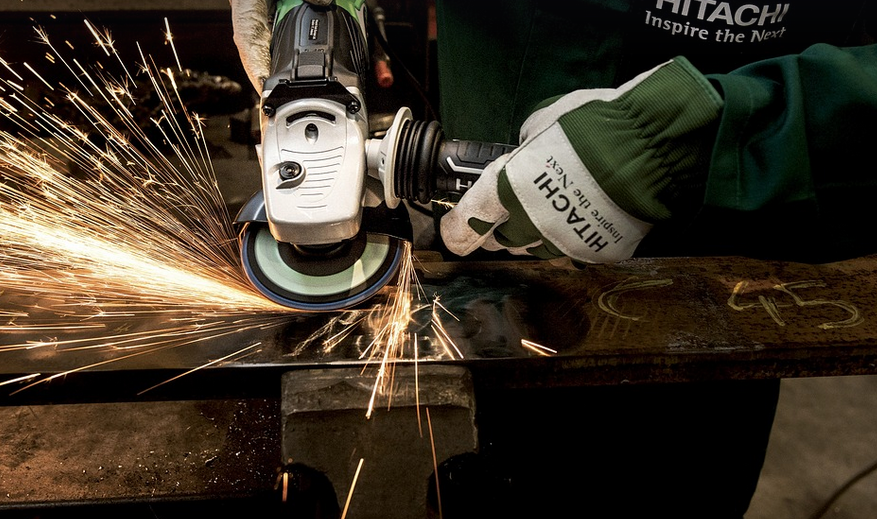A Closer Look at the Vital Component of Your Car’s Brakes
Your car relies on a complex system for keeping you safe on the road – one that involves intricate components working in perfect harmony. One crucial piece in this symphony of safety is the master cylinder, often overlooked until an emergency brake situation arises. But let’s face it: knowing your car’s inner workings can be intimidating. The master cylinder acts as a central coordinator for your braking system, responsible for converting hydraulic pressure from your brake pedal into force that ultimately reaches the calipers on each wheel. When you step on the brake pedal, the master cylinder generates this pressure, which in turn activates the calipers to slow down or stop your vehicle. Imagine it like this: your brake pedal is a lever, and the master cylinder is the engine powering the car’s braking system. Without a functioning master cylinder, your car’s brakes simply wouldn’t work! So, when it comes to replacing a master cylinder, you need to be prepared financially as well as mechanically informed.
Factors Driving Up the Cost: A Breakdown
While the cost of replacing a master cylinder can vary depending on several factors, understanding these key elements will give you a better idea of what to expect and help you plan for this repair. Let’s take a closer look at some of the contributing factors that influence the overall price tag:
1. The Severity of the Issue:
Replacing a faulty master cylinder could be as simple as replacing the entire unit or it might involve complex repairs like bleeding your brake lines. Sometimes, you may need to replace various components in conjunction with the master cylinder, such as brake pads or rotors.
2. The Make and Model of Your Car:
Some car manufacturers use more intricate designs and equipment for their braking systems, resulting in higher costs. For example, a luxury sedan might have a more complex design than a basic compact car, which ultimately impacts the cost of replacing its master cylinder.
3. The Labor Costs:
Labor costs vary depending on your location and also if you’re comfortable working on your own vehicle or not. If you choose to have it done by a professional mechanic, you’ll likely pay an hourly rate for the time they spend performing the repair.
4. The Time of Year:
Demand fluctuations can also affect pricing, especially during busy seasons like winter or summer when car maintenance and repairs are at their peak.
The Cost Breakdown: Navigating Your Options
Replacing a master cylinder is not just about the cost of the part itself. It’s also about understanding how much it will cost to get your vehicle back on the road again. Don’t be caught off guard by a surprise bill! Here’s a general breakdown of what you can expect:
1. The Part Cost:
The price of a new master cylinder varies depending on the type and quality. You might find a basic replacement costing around $50 to $150. For more premium brands or those with unique features, you could be looking at between $200 and $400.
2. Labor Costs:
The labor cost for replacing a master cylinder can vary depending on your mechanic’s hourly rate. It typically falls within the range of $100 to $300, so it’s essential to factor this into your overall budget.
3. Other Potential Expenses:
Beyond simply the part and labor cost, there might be additional expenses you need to consider: * **Brake fluid flush:** As a standard practice, it’s advisable to have fresh brake fluid flushed after replacing your master cylinder. This ensures optimal braking performance and extends the life of your brake system. Expect to pay around $50 – $100 for this service. * **Parts Warranty:** If you opt for a high-quality master cylinder with a warranty, it’s crucial to understand what that warranty covers. You should also check if your mechanic offers an extended warranty on their services
The Road Ahead: Making Informed Decisions
If your car’s brakes are acting up and you suspect there might be something wrong with the master cylinder, it’s essential not to delay. A faulty master cylinder can lead to serious safety issues, requiring immediate attention from a qualified mechanic. Before diving into the repair process, it’s important to get an accurate diagnosis or inspection of your vehicle. This will provide you with a better understanding of what needs to be replaced and help avoid any unnecessary expenses. Remember, knowing your car’s inner workings is crucial for being proactive about its maintenance. You will learn to appreciate the intricate mechanics that keep you safe on the road. It’s also a worthwhile investment in your long-term driving experience! It’s time to get back on the road and enjoy a smooth, controlled ride knowing your brakes are in tip-top shape.
